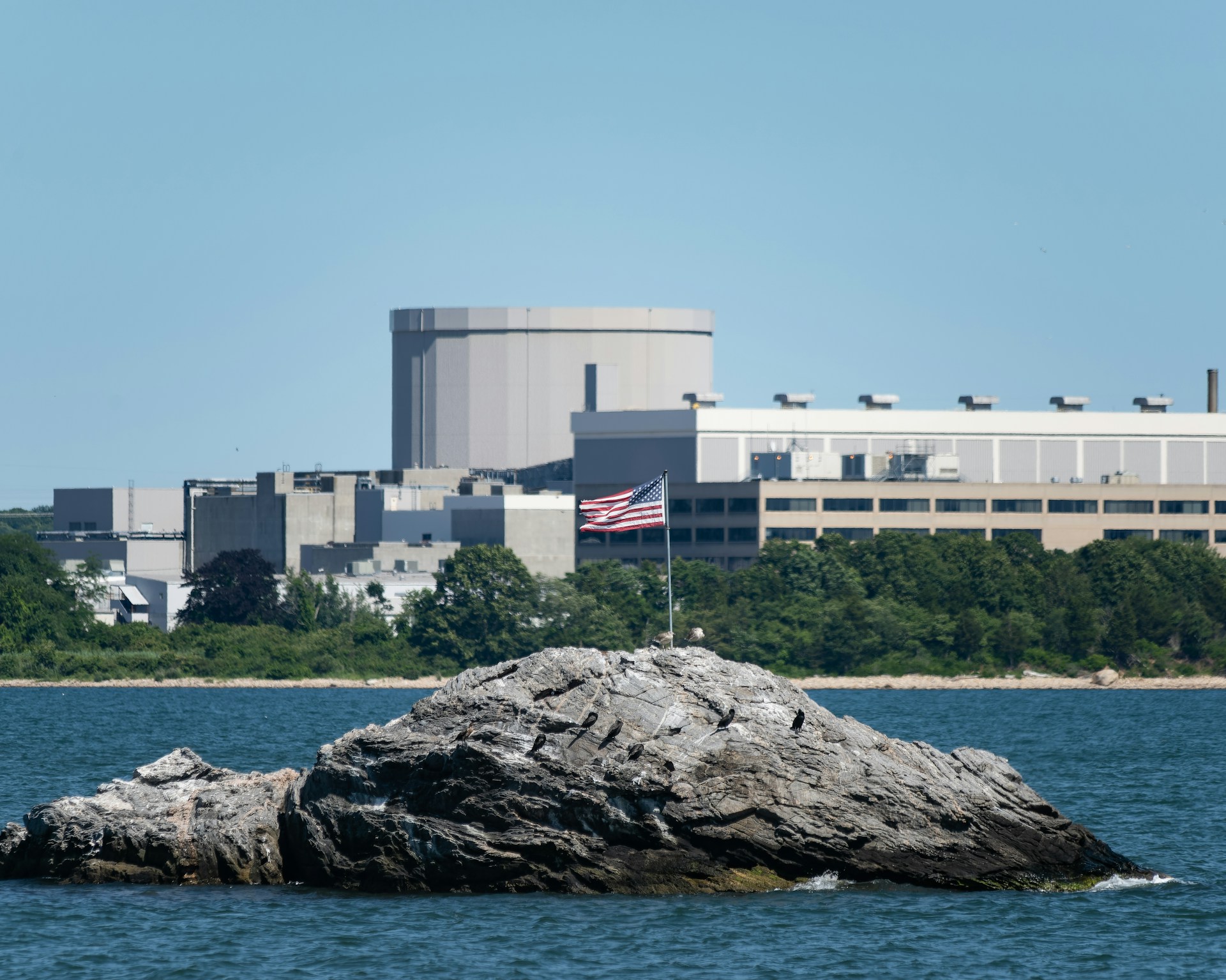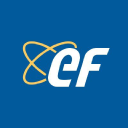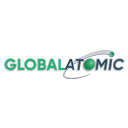US Support for Domestic Uranium Revives Supply Security & Reshapes Capital Flows

U.S. policy support for domestic uranium boosts supply security and redirects capital toward North American producers amid shifting nuclear energy strategy.
- The US government has signaled long-term support for nuclear energy independence via enrichment capacity expansion, streamlined reactor licensing, and continued import restrictions.
- This structural policy shift introduces new tailwinds for uranium producers in geopolitically stable jurisdictions, especially those positioned in the US and its allied markets.
- Capital is expected to rotate toward developers and producers offering security of supply, permitting visibility, and near-term production capabilities.
- Thin uranium spot markets, combined with institutional buying (e.g., Sprott Physical Uranium Trust), suggest a volatile yet upward-prone pricing regime.
- Companies such as Energy Fuels, IsoEnergy, and Global Atomic offer differentiated exposure to this macro realignment, through production, pipeline visibility, or geopolitical advantage.
US Nuclear Realignment & Its Strategic Imperatives
The Biden administration's nuclear energy posture, focused on bolstering domestic enrichment, reducing permitting friction, and enforcing trade restrictions, reflects a broader national security imperative. This policy architecture not only decouples from adversarial fuel supply chains but seeks to anchor long-term energy independence within domestic borders.
Department of Energy initiatives signal clear intent to secure the full nuclear fuel cycle within US borders, moving beyond decades of import dependence. Trade restrictions on Russian nuclear fuel persist, with potential for escalation amid ongoing geopolitical friction. Regulatory easing for Small Modular Reactors could spur multi-decade demand cycles, creating sustained consumption growth that outpaces current supply development timelines.
This strategic realignment enables a structural repricing thesis for uranium, driven by future-forward demand projections and increasingly constrained trade-based supply channels. Investment flows are being rewired toward US-centric and geopolitically secure uranium sources, creating valuation premiums for assets positioned in stable jurisdictions with transparent permitting frameworks.
The policy shift extends beyond uranium to encompass critical minerals more broadly, recognizing the interconnected nature of energy security and industrial competitiveness. As Chief Executive Officer Mark Chalmers of Energy Fuels explains the strategic positioning:
"Energy Fuels has positioned itself to break dependence on China by sourcing critical materials from allied jurisdictions."
Fragility & Fragmentation in Global Uranium Supply
The uranium market remains structurally imbalanced, characterized by fragmented supply chains and chronic underinvestment following the Fukushima incident. Recent production downgrades from Kazatomprom and geopolitical disruptions across key producing regions further expose supply fragility that has persisted for over a decade.
Kazatomprom revised its 2025 output downward by nearly 20%, citing operational challenges and infrastructure constraints. Orano's SOMAIR mine in Niger faces potential closure amid political instability, removing significant production capacity from an already tight market. Western utilities are increasingly favoring jurisdictionally de-risked producers, willing to pay premiums for supply security over pure cost optimization.
These supply disruptions elevate pricing leverage for North American and tier-one jurisdiction operators, creating structural advantages that extend beyond traditional cost curve analysis. The market increasingly values long-life, high-grade, and Environmental, Social, and Governance compliant projects that can deliver consistent output over multi-year contract periods.
Supply chain resilience has become a primary consideration for utilities planning long-term fuel procurement strategies. This shift favors producers with established operational track records in stable regulatory environments, particularly those with existing mill capacity and established transportation infrastructure.
Chief Executive Officer Stephen G. Roman of Global Atomic contextualizes the supply tightness from an operational perspective:
"The supply is getting tighter and there's just not a lot of supply out there with disruptions across multiple producing regions."
Capital Deployment in the Era of Strategic Minerals
Western government policy is fundamentally reshaping capital allocation across the uranium sector. Public-private initiatives, including DOE fuel purchase programs and state-backed supply chain funding, are emerging in response to nuclear energy's revitalized status as a cornerstone of energy security and decarbonization strategies.
Financial Health & Strategic Positioning
Energy Fuels maintains over $210 million in liquidity with zero debt, supporting a vertically integrated pipeline from uranium production to rare earth element processing. This financial strength enables operational flexibility and strategic expansion without dilutive equity raises during volatile market conditions.
IsoEnergy holds over C$84.7 million in cash reserves with equity holdings exceeding C$42 million, strengthening exploration capabilities and restart flexibility across its asset portfolio. The company's strong treasury position enables opportunistic expansion and maintains operational readiness without financing constraints.
Project Milestones & Operational Visibility
IsoEnergy's Tony M Mine maintains full permitting for operations, enabling accelerated time-to-market pending final production decisions. The asset represents 18 miles of underground development with parallel decline systems and established infrastructure, reducing capital requirements for restart scenarios.
President & Chief Executive Officer Marty Tunny of IsoEnergy emphasizes the strategic readiness of permitted assets:
"Our permitted assets in the United States don't have large capital requirements and the risk has been reduced significantly through our strategic approach."
The Permitting & Production Timeline Advantage
In uranium investment cycles, permitting timelines represent a critical bottleneck that can extend project development by years or decades. As US policies reduce reactor licensing friction and accelerate approval processes, attention turns to identifying producers capable of supplying fuel into projected growth scenarios.
Exploration Outlook & Resource Development Plans
IsoEnergy's Hurricane deposit demonstrates indicated grades of 34.5% U3O8, among the world's highest published indicated uranium resources, with shallow depth advantages that reduce mining complexity and capital intensity. The deposit's proximity to existing infrastructure and established transportation corridors further enhances development economics.
Project Readiness in a Dynamic Market Environment
Global Atomic's Dasa project remains under active construction, with yellowcake deliveries scheduled for Q1 2026 according to current development timelines. The project represents one of the few new uranium mines approaching production globally, positioned to capture premium pricing during anticipated supply shortages.
Energy Fuels operates the fully licensed White Mesa Mill, the only conventional uranium processing facility in the United States, capable of processing 8 million pounds of U3O8 annually. This strategic infrastructure provides processing capacity for the company's own production while generating tolling revenue from third-party producers.
Thematic Exposure & Resource Allocation Strategies
The nuclear renaissance narrative is increasingly embedded in institutional investment outlooks, particularly as nations commit to tripling global nuclear capacity by 2050. For investors, this transition represents an unfolding capital flow opportunity rather than a future-facing theoretical framework.
Market Volatility, Currency Effects & Investment Risk Controls
Spot uranium markets remain thinly traded and susceptible to institutional shocks, as demonstrated by Sprott Physical Uranium Trust's $200 million uranium purchases that moved market pricing significantly. This structural liquidity constraint creates both opportunity and risk for equity investors, particularly during periods of concentrated buying or selling activity.
Uranium equities are experiencing bifurcation, with markets increasingly favoring near-term producers over speculative junior exploration companies. This preference reflects investor focus on cash flow generation and operational execution rather than pure resource potential or exploration upside.
Risk Management, Regulatory Trends & ESG Considerations
IsoEnergy's Canadian and US operations offer permitting transparency and ESG alignment consistent with Western regulatory standards, reducing execution risk and enhancing access to institutional capital. The company's geographic diversification across stable jurisdictions provides operational flexibility and regulatory certainty.
Global Atomic adheres to Equator Principles and International Finance Corporation performance standards, maintaining compliance frameworks critical for international project financing access. This ESG positioning enables broader capital market participation and reduces financing costs for development activities.
The Investment Thesis for Uranium
Investors should view uranium exposure as a hedge against geopolitical supply disruption and a core pillar of decarbonization-era baseload energy security. The US government's recent policy shift strengthens this investment narrative, offering a repricing window for select uranium equities positioned to benefit from supply chain realignment.
- Energy Fuels represents the only operating US uranium mill with diversified critical minerals pipeline, zero debt structure, and rare earth element capacity expansion capabilities that align with broader strategic mineral security objectives.
- IsoEnergy combines high-grade Canadian asset base with near-term US production potential, strong treasury position, and equity interests in peer developers that provide portfolio leverage to sector performance.
- Global Atomic provides high-grade African uranium project approaching production with strong feasibility economics, including NPV8% of $917 million and IRR of 57%, positioned to capture premium pricing during supply shortages.
These companies represent unique entry points along the uranium value curve, from advanced exploration through production-ready assets, and are geographically aligned with the Western supply realignment agenda that prioritizes security of supply over pure cost optimization.
Policy Tailwinds Repricing Supply Certainty
The US government's uranium strategy, underpinned by policy tools targeting supply chain resilience, reactor buildout acceleration, and enrichment independence, fundamentally reframes the commodity's risk-reward calculus. Investors must now reweight portfolio allocations to favor jurisdictional certainty, operational readiness, and capital discipline over traditional metrics focused purely on resource size or exploration potential.
As uranium transitions from energy transition wildcard to national security linchpin, mining equities with credible resource visibility, ESG alignment, and technical execution capabilities are likely to outperform broader market indices. The policy environment creates structural tailwinds for producers positioned in stable jurisdictions with established infrastructure, while penalizing assets dependent on adversarial supply chains or uncertain regulatory frameworks.
This strategic realignment represents a generational opportunity for investors to capture the intersection of energy security imperatives and decarbonization commitments, with uranium serving as the critical enabler of reliable baseload power generation in a carbon-constrained global economy.
Analyst's Notes




Subscribe to Our Channel
Stay Informed














































